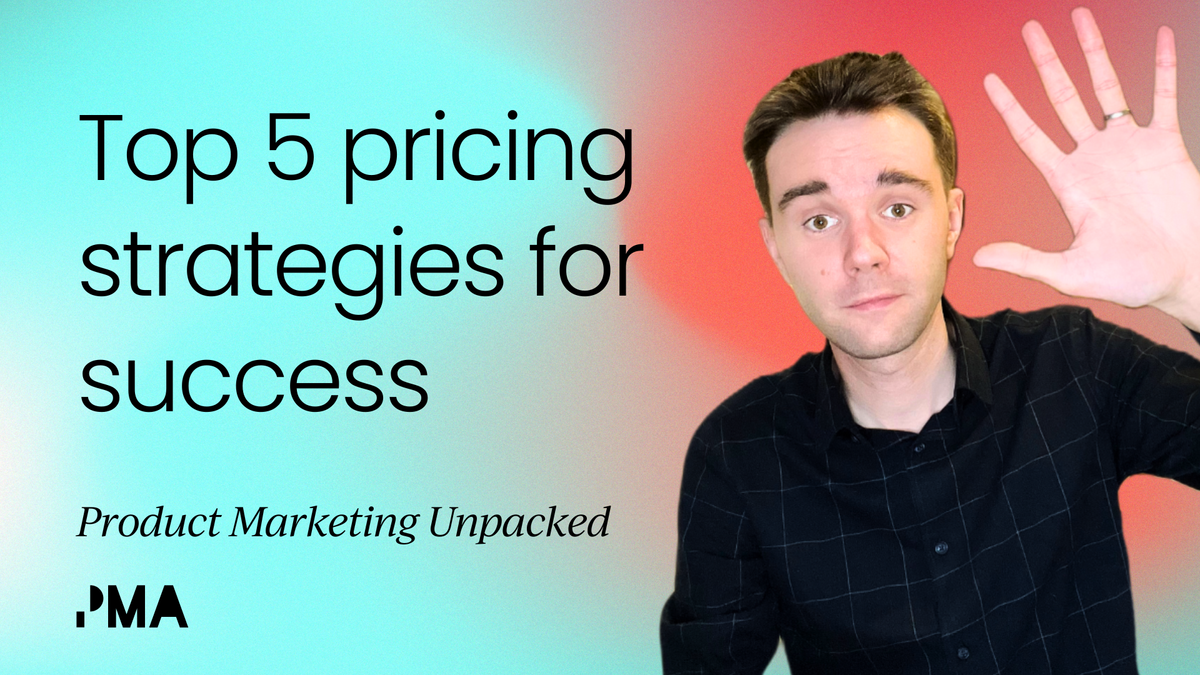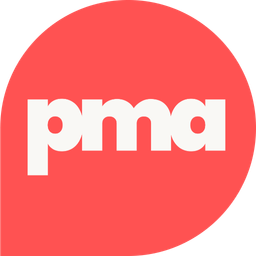This article is based on Jameelah Calhoun’s talk at the Product Marketing Summit in New York. As a PMA member, you can enjoy the complete recording here.
Let's start with a quick question: what's the most common mistake in pricing strategy – undercharging your customers or overcharging?
Chances are, you said undercharging. And generally, that’s right. Most companies struggle with this balance – they undercharge certain segments while overcharging others. However, the goal of any monetization strategy is to find the right price for the right customer.
So, in this article, we'll cover:
- Various monetization strategies you can use for different customer segments to drive sustainable growth.
- A framework I’ve used at multiple companies to ensure the monetization strategy – and ultimately the pricing – fits both the customers and the market you're serving.
- A case study on a pricing and packaging change I executed to turn a failing product into a huge success.
Let’s get into it.
The four key elements of an effective pricing strategy
We’ll kick things off with my four-step monetization framework. These are the key steps to building a pricing strategy that fits the customers and the market you’re serving:
- Needs assessment: Who’s your audience? Spoiler alert: it's not always the end user.
- Define the value: What will you charge for? What units make sense for your customers to take and pay for?
- Understand the customer journey: This is the most overlooked step. Think about a customer's entire journey, from consideration to purchase and then loyalty. For product-led growth, it’s vital to design the UX journey to not only attract users but also nurture and eventually upsell them.
- Uncover biases: Before launching your monetization strategy, remember that your customers are human beings with their own psychology and biases. Uncovering these hidden “gotchas” can be key to success.
Now, let’s take a closer look at each of these elements.
Needs assessment: Align your monetization model to the people who value your service
The first step in deciding on a monetization model is to ask yourself these three questions:
- Who needs our product or service? (Users)
- Who benefits from our product or service? (Stakeholders)
- When do they need it? (Frequency)
Let me show you what I mean.
We shouldn’t focus solely on our direct users as the only source of monetization. Every product operates within an ecosystem of stakeholders who have a vested interest in its success.
One classic example comes from the insurance industry. Many health tech apps help users manage their fitness or monitor health conditions. While these apps are user-focused, they often monetize through insurance companies, not the patients.
Why? Because insurers have a vested interest in ensuring that patients use these apps to achieve better health outcomes. Essentially, the apps are free for users but are paid for by a different stakeholder – the insurance companies.
This concept isn't limited to health tech. Take connected car services as another example. Many modern cars share data with insurance companies, who, in turn, pay for that data. This creates an additional monetization stream for car manufacturers. So, products can be "free" to one vested stakeholder while being paid for by another.
Another critical consideration when choosing a monetization model is timing. When do your customers actually need your product? The market is flooded with subscription models – everything seems to come with a monthly fee, even when the product is something you might only need once a year. This is a surefire way to leave your customers dissatisfied.
The takeaway here? The most successful businesses monetize beyond their direct users. They use an "and" strategy – targeting both direct users and indirect stakeholders.
Exploring pricing options
All right, let's talk pricing models. Here are three key pricing models and the types of products they work best for:
1. Subscription model
Subscription products work best when customers have a consistent need for your product. If it's something they use regularly, a subscription model is perfect.
For example, you don’t need a refrigerator every day – maybe once every five to ten years – but if you associate a software product with that refrigerator to help manage food waste, you've suddenly created a daily use case.
2. Transaction fees
Transaction fees are a great option for companies based on paid transactions. However, if your product involves a lot of free transactions – like Craigslist – you might need to explore other models, such as third-party ad strategies or monetizing a different stakeholder than your direct user.
3. Retail model
Retail is one of the most classic ways companies enter the market. It works well for products that meet a one-time or limited need. If your product falls into this category, selling it as a standalone SKU might be the best approach.

The most successful companies don’t rely on just one model – they use a combination. Amazon is a great example. They have Prime subscriptions, charge sellers transaction fees, run a huge ads business, and sell products on a retail basis.
When you build an ecosystem like this, you can create different monetization models tailored to each of your segments.
Defining value: Choosing the right model
Now, let's move on to defining value. As product marketers, we often focus on features, but that’s not the only way to encapsulate the value of what you’re offering. Instead, think about when your users experience their "aha" moment with your product. There are three different "units" you can use to define value for your product:
1. Features
The most straightforward way to define value is through specific product features. Cars are a great example. Manufacturers often charge extra for features like a sunroof or a premium sound system. This model works when certain features add enough perceived value to justify an additional cost.
2. Usage-based
Another option is usage-based pricing. This approach works well when the value increases with the amount or frequency of use. Car leases are a perfect example – they're time-based but also come with mileage limits, linking the price directly to usage.
3. Value-added services
Lastly, there’s value-added services. These are additional services that enhance the value of an existing product. For instance, adding OnStar to your car amplifies its value through a connected safety and security feature.
Bundling strategies: Keeping it simple and effective
This framework is a key tool for figuring out your packaging and bundling strategy.
The idea is to look at your market through two dimensions:
- Expected adoption: How many people genuinely need your product and are expected to use it?
- Perceived value: What is the perceived value of your product relative to customer needs and other companies in the market?


















 Follow us on LinkedIn
Follow us on LinkedIn




.svg?v=d4ba8e68cb)